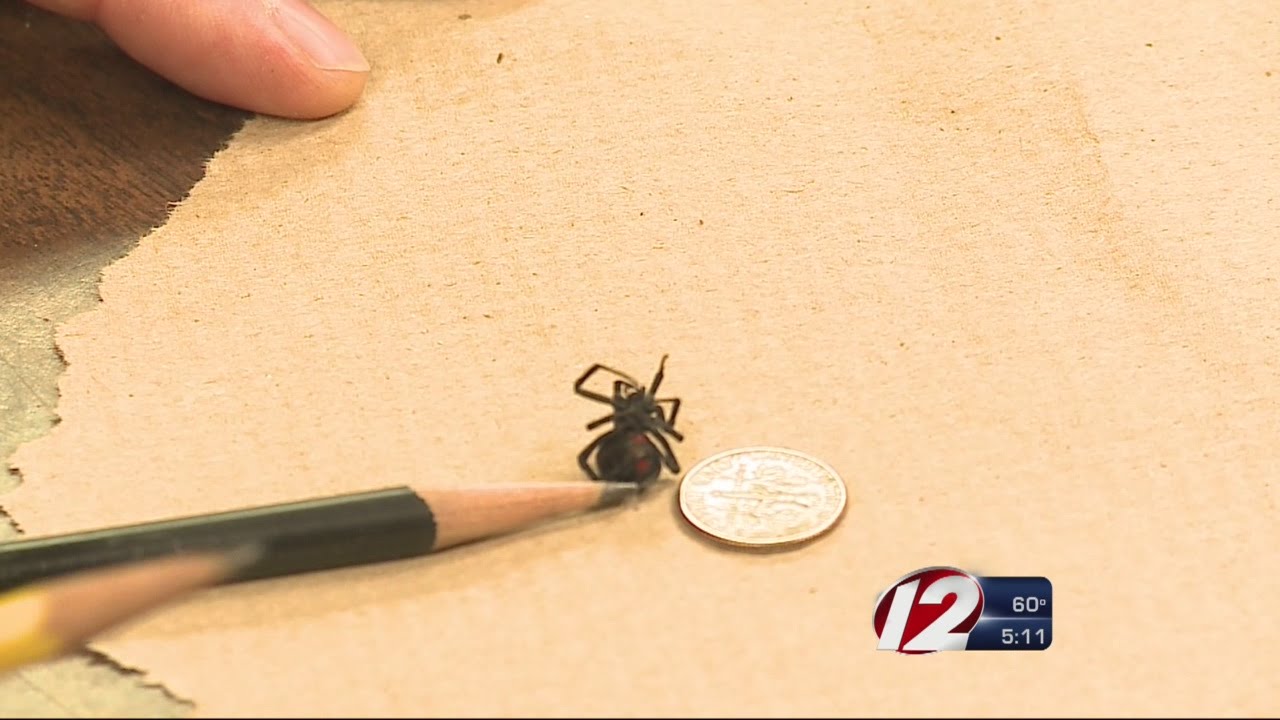The Presence of Poisonous Spiders in Rhode Island
Rhode Island, the smallest state in the United States, is home to a variety of spider species. While most spiders found in Rhode Island are harmless, there are a few species that possess venom and are considered potentially dangerous. It is important for Rhode Islanders to be aware of the presence of these spiders and to know how to identify them in order to ensure their safety.
Identifying Poisonous Spiders: A Guide for Rhode Islanders
Knowing how to identify poisonous spiders is crucial for Rhode Islanders. Two of the most common venomous spiders found in the state are the Black Widow and the Brown Recluse. Both species have distinct characteristics that set them apart from harmless spiders. Understanding these distinguishing features can help residents stay vigilant and take appropriate precautions.
The Black Widow Spider: A Potentially Dangerous Species
The Black Widow spider is a venomous species that can be found in Rhode Island. These spiders are small, ranging from 1/2 to 1 inch in length, and are typically black with a red hourglass-shaped mark on their abdomen. While their bites are rarely fatal, they can cause severe symptoms such as muscle pain, nausea, and difficulty breathing. Immediate medical attention is necessary if bitten by a Black Widow spider.
Brown Recluse Spiders: Rare but Cause for Concern
Another venomous spider species found in Rhode Island is the Brown Recluse spider. Although they are rare in the state, their bites can result in necrotic skin lesions and other serious complications. Brown Recluse spiders are light brown in color with a violin-shaped marking on their cephalothorax. Due to their reclusive nature, encounters with these spiders are infrequent but should be treated with caution.
Venomous Spider Species: An Overview for Rhode Islanders
In addition to the Black Widow and the Brown Recluse, there are a few other venomous spider species that Rhode Islanders should be aware of. These include the Hobo spider and the Yellow Sac spider. While their bites are generally less severe than those of the Black Widow or Brown Recluse, they still have the potential to cause discomfort and allergic reactions in some individuals.
Spider Bites in Rhode Island: Symptoms and Treatment
If bitten by a venomous spider in Rhode Island, it is important to be aware of the symptoms and seek medical attention promptly. Symptoms may vary depending on the spider species and individual reactions, but common signs include pain, redness, swelling, and the development of a necrotic wound. Treatment typically involves cleaning the wound, applying antiseptic, and, in severe cases, administering antivenom.
The Importance of Spider Prevention in Rhode Island Homes
Preventing spiders from entering homes in Rhode Island is key to minimizing the risk of bites. Simple measures such as sealing cracks, installing screens on windows and doors, and keeping the area around the home clean and clutter-free can discourage spiders from taking up residence. Regularly inspecting and cleaning areas where spiders are commonly found, such as basements and attics, is also recommended.
Common Misconceptions: Non-Poisonous Spiders vs. Dangerous Ones
It is important to dispel common misconceptions about spiders in Rhode Island. Many harmless spider species are often mistaken for venomous ones, leading to unnecessary fear and concern. Spiders such as the Daddy Longlegs, Jumping Spider, and Orb Weaver are examples of non-poisonous species commonly found in the state. Understanding the differences between dangerous and harmless spiders can help alleviate unnecessary anxiety.
The Role of Spiders in Rhode Island’s Ecosystem
Spiders play an important role in Rhode Island’s ecosystem as natural pest controllers. They feed on insects and help maintain a balance in the ecosystem. Rather than regarding all spiders as pests, it is essential to appreciate their ecological significance and coexist with them peacefully. By following appropriate prevention measures, Rhode Islanders can minimize the chances of encountering venomous spiders while still benefiting from the valuable services that spiders provide.
Spider Control Measures: Keeping Rhode Island Safe
For those concerned about spider infestations in their homes, several control measures can help keep Rhode Island dwellings safe. Regularly removing webs, vacuuming spiders and their egg sacs, and using spider repellents can discourage spiders from establishing themselves indoors. If infestations persist, it may be advisable to seek professional pest control services to ensure effective and safe removal.
Safety Tips: Minimizing the Risk of Spider Bites in Rhode Island
To minimize the risk of spider bites in Rhode Island, residents can follow some simple safety tips. When working or spending time outdoors, wearing protective clothing, gloves, and closed-toe shoes can reduce the chances of accidental bites. Additionally, shaking out clothing and shoes before wearing them can help dislodge any spiders that may have taken shelter. It is also important to teach children to avoid handling unfamiliar spiders and to inform adults if they come across one.
Local Regulations: Reporting and Handling Venomous Spiders
Rhode Island has specific regulations in place regarding the reporting and handling of venomous spiders. If you believe you have encountered a venomous spider, it is recommended to contact local authorities, such as the state’s Department of Environmental Management or local pest control agencies, for guidance. These organizations can provide information on proper handling procedures and assist in identifying and addressing potential spider issues.





